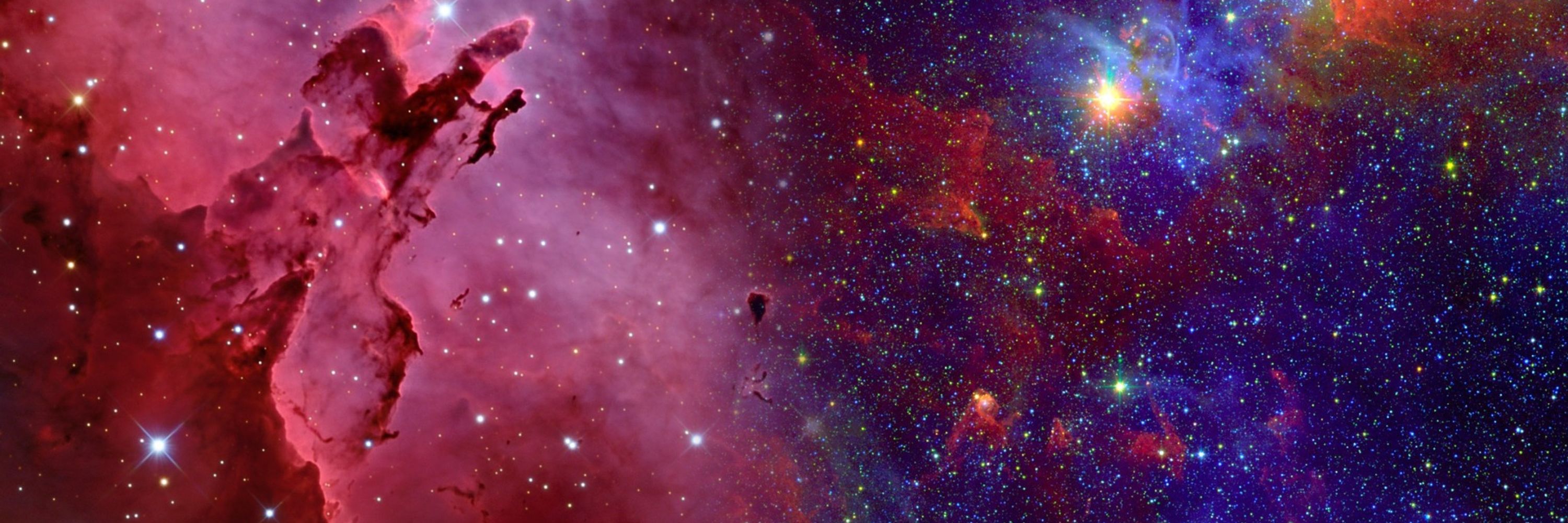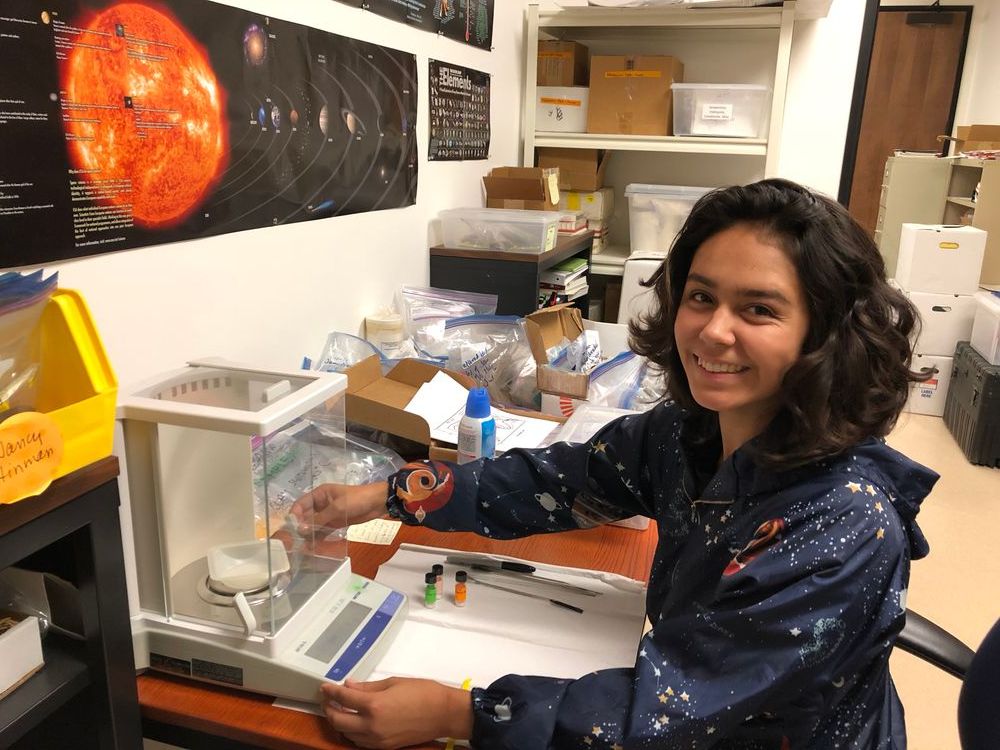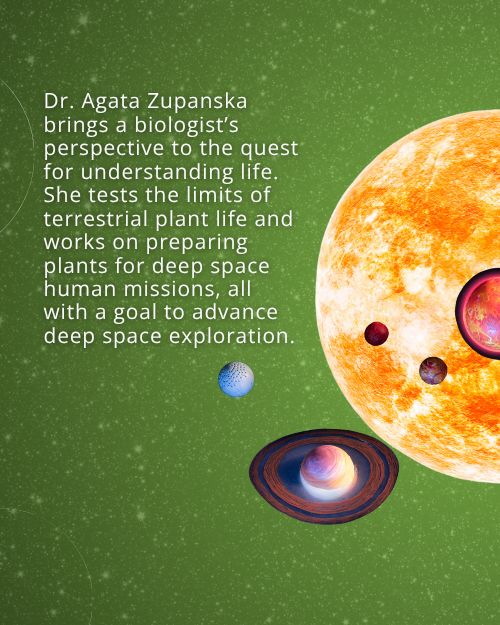SETI Institute
@setiinstitute.bsky.social
16K followers
360 following
1.6K posts
Our mission is to lead humanity’s quest to understand the origins and prevalence of life and intelligence in the universe and share that knowledge.
Posts
Media
Videos
Starter Packs





















